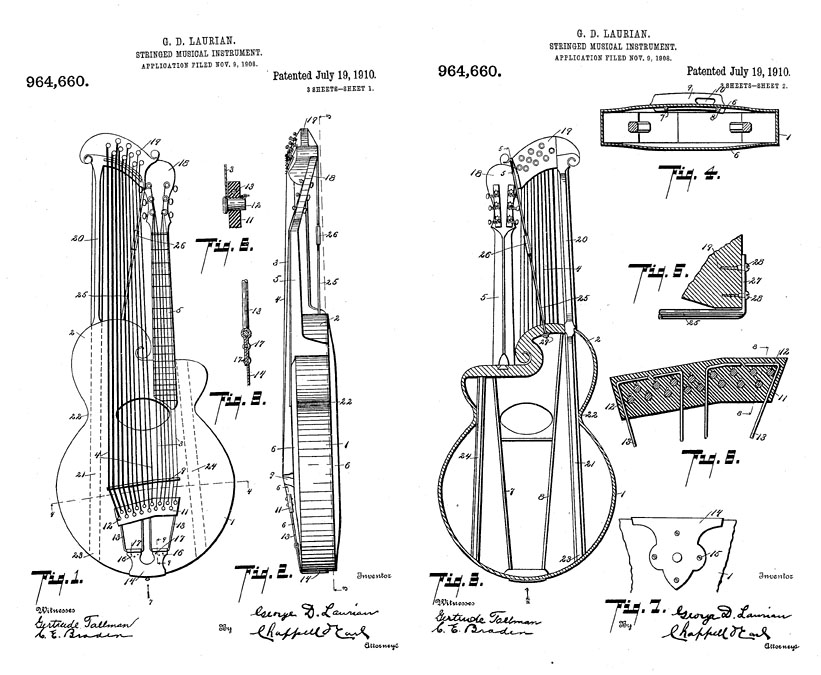
One of my favorite parts of Harpguitars.net has always been the Patents page. And it still is. But why? – if any area of this ever-growing subject would ever be remotely complete, you would think it would be cataloging the old patents, right? And yet it seems we’re never quite done. Even 2 years ago, a patent for the most common harp guitar ever known – the ubiquitous Gibson Style U – was undocumented (in my circles). With all the Gibson historians and scholars out there who have been researching long before I, how is this possible? I certainly never ran across it (not even in Walter Carter’s Gibson book), and I’ve been doing library, then US Patents (and now Google Patents) web searches for years now. It fell on my fellow Gibson researcher, Paul Fox, to discover it and send it to me in September 2008. Paul found a couple of others I was missing as well; though I haven’t gotten around to posting these on the site (I briefly discussed the Gibson and one other at HGG6).
I’m bringing this up now because just two weeks ago while searching the wonderful Music Trades archives for something for a different blog story, one search phrase led to an entry of a previously unknown inventor and his patent. The provided number, of course, immediately enables one to call it up on the patent sites. This one yielded a completely new, wacky and wonderful harp guitar invention from 1913! Analyzing it, while simultaneously trying to organize my patent folders, I realized that this had similarities with still another new patent discovery from this past July. That time, it was an eBay seller of nicely printed patents who had something unfamiliar to me. No dummy, he omitted the Patent # from the images and listings – but I was happy to buy it to learn the number for our research.
As I’m only getting further behind, I decided to start working on the Patent page update, while also realizing that most of these recent finds are well worth blogging about, so will prepare and post that as soon as I can.
Geek alert: (unless you are a geek, you should probably not read any further)
The reason for the blog’s title is that it struck me that perhaps I love the whole patent study because it is somewhat akin to paleontology (it may come as no surprise that I am also a dinosaur geek, with a zillion books, “museum replicas,” and fine art.). I found the comparisons quite striking – seriously, just let me present my points (I’ll deliberately avoid using “quotes” which would reduce these to the cheesy puns they probably are):
– One has to really dig to unearth some of them.
– We have no idea what’s buried in the world’s patent archives – it seems like there’s always another specimen waiting to be discovered.
– The discoveries can be as exciting (to a guitar geek) as a new species of ceratopsian is to a dinosaur geek – in that it’s something no human (in our time) has ever laid eyes on before.
– The patent line drawings and diagrams are even a bit reminiscent of the skeletal recreations of ancient beasts – they are only a bare-bones approximation of the real thing (an actual instrument/the flesh and blood animal).
– The patent illustrations and explanations can be equally difficult of a puzzle to piece together. Surprisingly few have been linked to known instruments or surviving specimens, and many – though detailed – look like they could not possibly work according to the design and description. They are as inexplicable as extinct beasts with incomplete remains.
– A couple are so far-fetched that we can be almost certain that the illustrated invention was never even built. It would have been either physically or musically ludicrous, if not impossible (moving out of the realm of dinosaur analogy and into the fictional world of dragons perhaps…).
OK, enough of that, I’m just trying to give a sense of the special excitement here. The Patent page should already be done, but we keep finding that one more specimen. Even should we exhaust the U.S. patents, many of these are duplicated in other countries – and the few of those we’ve found often have intriguing variations that yield additional historical clues. And who knows how many unique-to-other-countries inventions may be lurking out there in Undiscovered Patent Land?
If anyone else out there – especially outside the U.S. – finds this stuff as interesting as I do…start digging!
More to come…

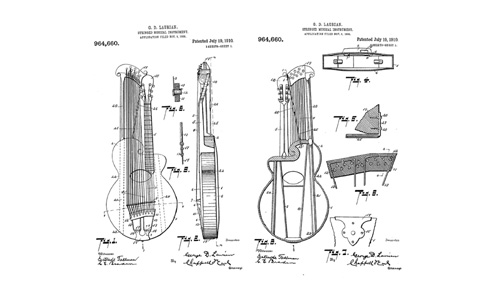
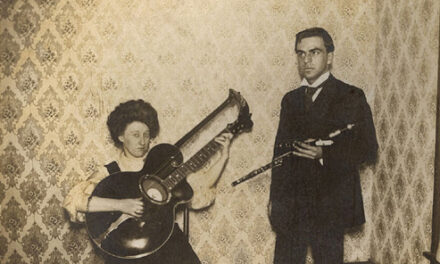
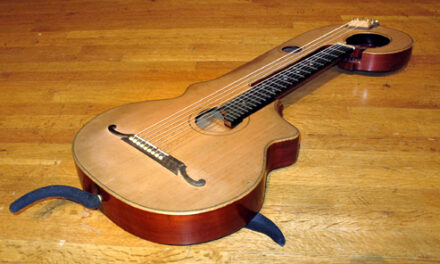
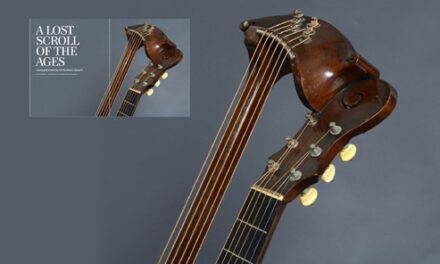
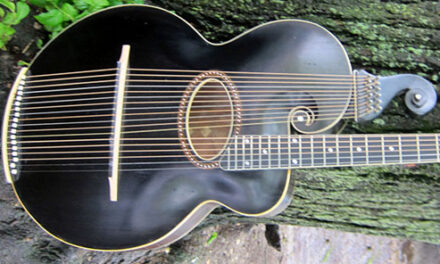
Yep, I have a lot of German patents for guitars and harps too. I see what you mean, feel like a librarian sometime 😉